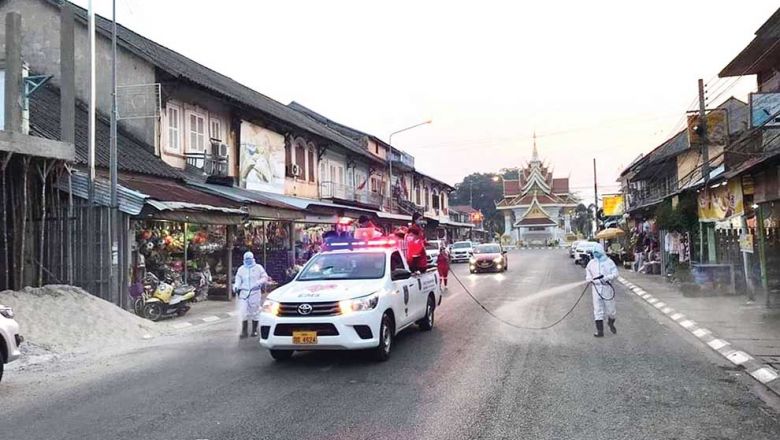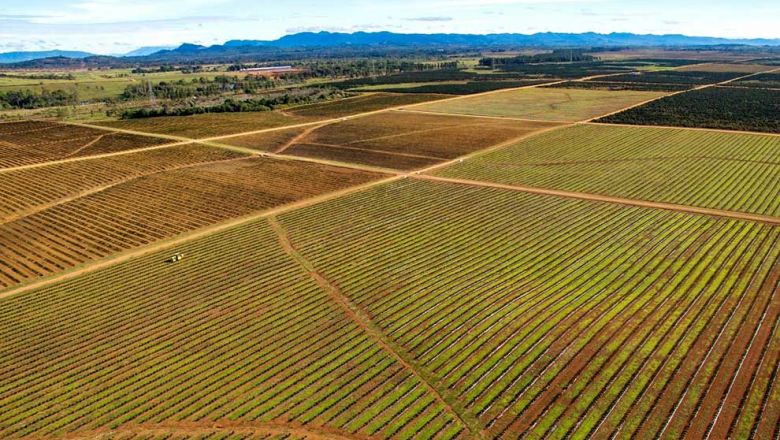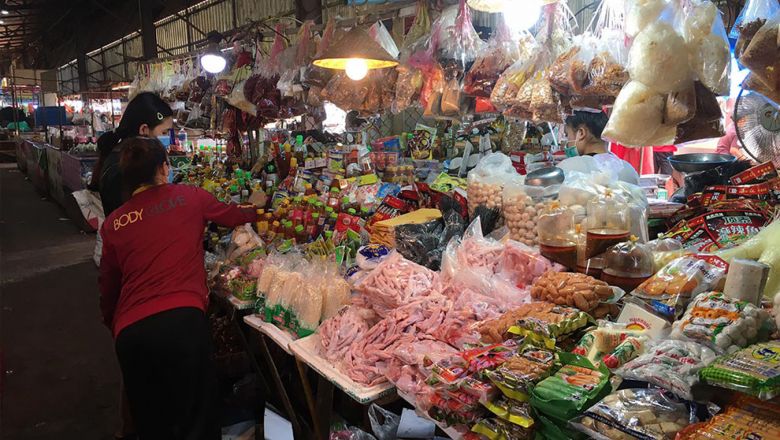Oudomxay farmers replace poppy crop with grapes
Oudomxay farmers replace poppy crop with grapes
Grapevines are now putting food on the tables of upland farmers in Oudomxay province, giving a legitimate source of income to former opium poppy growers.
This variety of grapes is proving to be immensely popular in local restaurants, with the entire crop having been purchased by such establishments, meaning there are none to be found in local markets.
This may be because the initiative is in its early days and other farmers are not confident enough to take up the venture, but given the early success the popularity of the crop is likely to expand.
Ms Sichanh Vakongsong, one of the first farmers to take up the challenge, told Vientiane Times on Tuesday that Laongam Hotel takes all of her grapes for their restaurant, serving them up to customers.
There are in fact a lot of ordinary grapes in Oudomxay markets selling for around 20,000 kip per kilogramme, but the owner of this hotel doesn't buy them as she says they are quite sour. She buys Ms Sichanh's grapes instead.
“I sell my grapes to Laongam Hotel for 40,000 kip per kg. They like them because they are small, have no seeds and taste sweet,” Ms Sichanh said.
She planted grapevines in her garden four years ago and last year sold over 200kg to the hotel, taking home seven million kip.
Thailand's Royal Project Foundation is sponsoring the project, in cooperation with the Lao National Commission for Drug Control and Supervision and the UN Office on Drugs and Crime (UNODC).
The project encourages former opium poppy farmers to grow grapevines and organic vegetables instead, with Thailand's Royal Project Foundation providing seeds and technical assistance.
According to the UNODC, Ms Sichanh was herself a former opium poppy grower, one of many who reappeared after Laos declared itself virtually free of the practice in 2006.
Almost 27,000ha of opium poppies were growing in the country in 1998, which was reduced to just 1,500ha by 2006. However, in 2012 the UNODC reported opium cultivation was on the increase.
In 2008 the area under cultivation was estimated at 1,600ha. After that it steadily increased to 1,900ha in 2009, 3,000ha in 2010, 4,100ha in 2011, and 6,800ha in 2012.
vientiane times





